Featured image credit: SpaceX
Lift Off Time | November 24, 2021 06:21 UTC November 23, 2021 22:21 PST |
|---|---|
Mission Name | Double Asteroid Redirection Test (DART) |
Launch Provider | SpaceX |
Customer | NASA |
Rocket | Falcon 9 Block 5 B1063-3; 182 day turn around time |
Launch Location | Space Launch Complex 4 East (SLC-4E), Vandenberg Space Force Base, California |
Payload mass | 684 kg (1,100 lb) |
Where is the satellite going? | DART will collide with Dimorphos at 6.6 km/s; initial orbit: heliocentric |
Did they attempt to recover the first stage? | Yes |
Where did the first stage land? | B1063-3 successfully landed ~649 km downrange on Of Course I Still Love You Tug: Scorpius; Support: Go Quest |
Did they attempt to recover the fairings? | Yes, NRC Quest successfully recovered both fairing halves from the water |
Were these fairings new? | Yes |
This was the: | – 129th Falcon 9 launch – 70th Falcon 9 flight with a flight proven booster – 74th re-flight of a booster – 25th re-flight of a booster in 2021 – 95th booster landing – 26th launch for SpaceX in 2021 (same as 2020) – 18th SpaceX launch from SLC-4E – 117th orbital launch attempt of 2021 (110th successful) |
Where to watch | Official replay |
How Did It Go?
SpaceX successfully launched the Double Asteroid Redirection Test (DART) spacecraft atop a Falcon 9 Block 5, which lifted off from Space Launch Complex 4 East (SLC-4E), at the Vandenberg Space Force Base, in California. DART is the first-ever kinetic impactor, meaning the spacecraft will attempt to demonstrate the ability to deflect the asteroid Didymos B by colliding with it at a high speed (approximately 6.6 km/s).
What Is DART?
The DART spacecraft is an impactor and contains no scientific payloads. The spacecraft is roughly a cylinder that is 12.5 meters tall and 2.4 meters wide. DART had a mass of 670 kg at launch, but will only have a mass of 500 kg during impact.
The satellite is equipped with a sun sensor, a star tracker, and an aperture camera, all of which will be used to navigate to Didymos B. The spacecraft will navigate to the asteroid autonomously, and is expected to arrive in September of 2022. DART is powered by the NASA Evolutionary Xenon Thruster (NEXT), which is an ion thruster that runs on Xenon.
DART will impact the asteroid Didymos B at a speed of 6.6 km/s (4.1 mi/s), which is expected to produce a change in velocity on the order of 0.4 mm/s. While a tiny change, this velocity change will cause a drastic change in the object’s orbit. The orbital period is expected to be reduced by approximately 10 minutes.
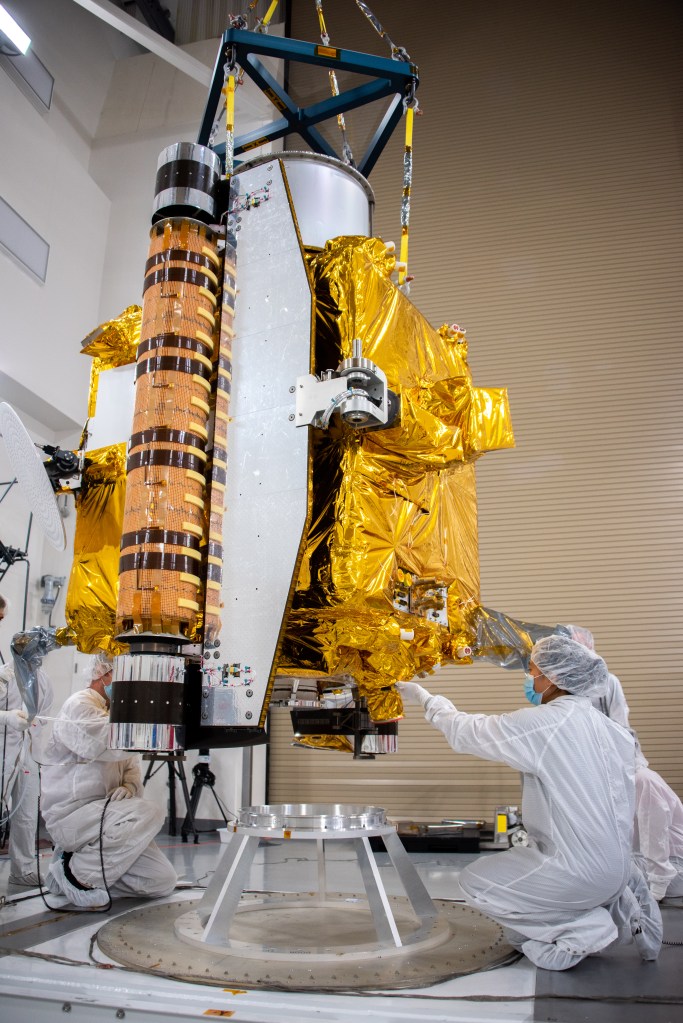
DART Secondary Spacecraft
Flying alongside DART, the Italian Space Agency is contributing the Light Italian CubeSat for Imaging of Asteroids (LICIACube), which will piggyback on DART. The cube-sat will deploy from the DART spacecraft 10 days before impact, and will be used to image the impact and subsequent debris field.
What Is Falcon 9 Block 5?
The Falcon 9 Block 5 is SpaceX’s partially reusable two-stage medium-lift launch vehicle. The vehicle consists of a reusable first stage, an expendable second stage, and, when in payload configuration, a pair of reusable fairing halves.
First Stage
The Falcon 9 first stage contains 9 Merlin 1D+ sea level engines. Each engine uses an open gas generator cycle and runs on RP-1 and liquid oxygen (LOx). Each engine produces 845 kN of thrust at sea level, with a specific impulse (ISP) of 285 seconds, and 934 kN in a vacuum with an ISP of 313 seconds. Due to the powerful nature of the engine, and the large number of them, the Falcon 9 first stage is able to lose an engine right off the pad, or up to two later in flight, and successfully place the payload into orbit.
The Merlin engines are ignited by TEA-TEB, triethylaluminum and triethylboron . During static fire and launch the TEA-TEB is provided by the ground service equipment. However, as the Falcon 9 first stage is able to propulsively land, three of the Merlin engines (E1, E5, and E9) contain TEA-TEB canisters to relight for the boost back, reentry, and landing burns.
Second Stage
The Falcon 9 second stage is the only expendable part of the Falcon 9. It contains a singular MVacD engine that produces 992 kN of thrust and an ISP of 348 seconds. The second stage is capable of doing several burns, allowing the Falcon 9 to put payloads in several different orbits.
For missions with many burns and/or long coasts between burns, the second stage is able to be equipped with a mission extension package. When the second stage has this package it has a grey strip, which helps keep the RP-1 warm, an increased number of composite over-wrapped pressure vessels (COPVs) for pressurization control, and additional TEA-TEB.
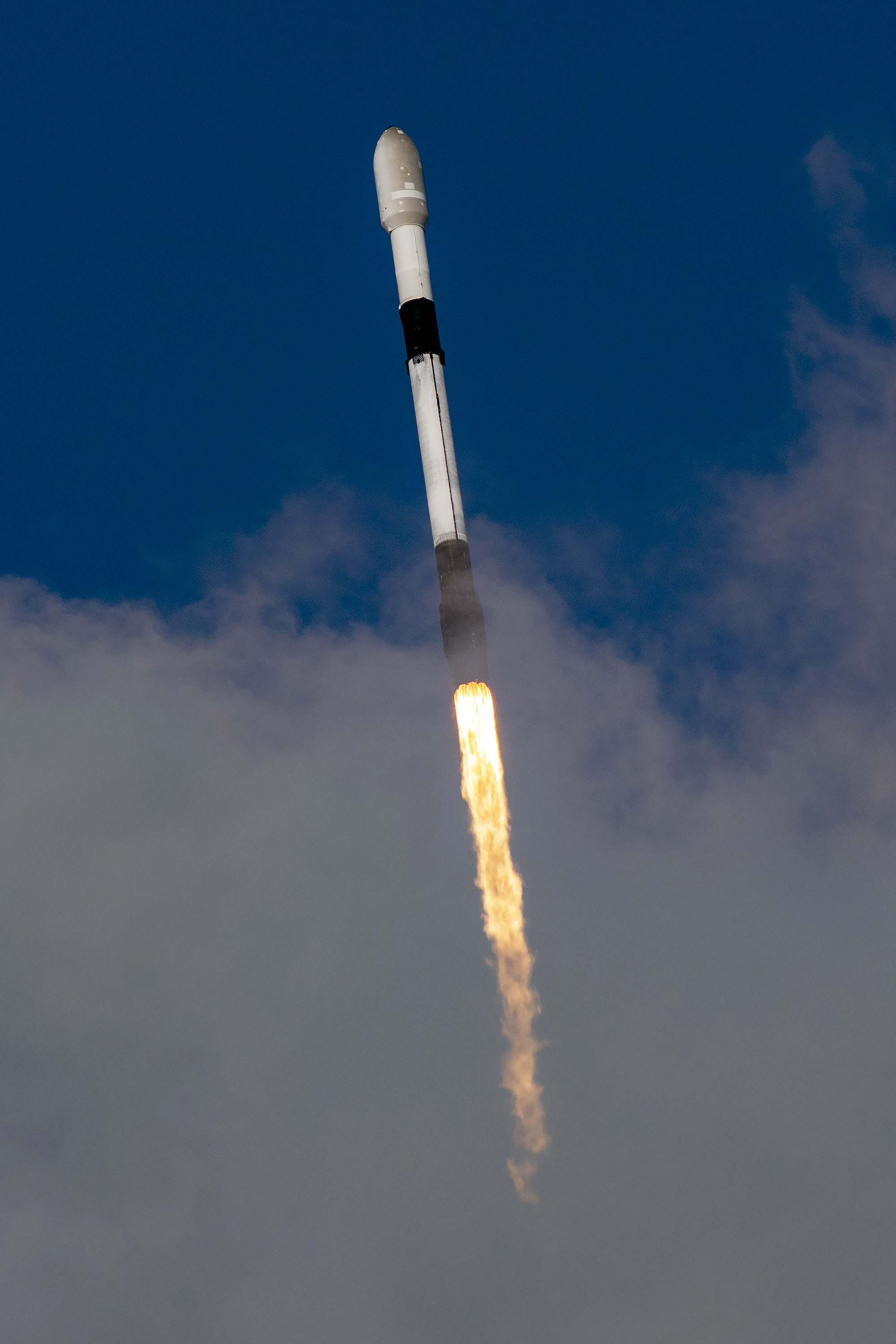
Falcon 9 Booster
The booster that supported DART is B1063. As DART was the booster’s third flight, its designation was B1063-3. Upon successfully landing on Of Course I Still Love You, the booster’s designation became B1063-4.
| B1063’s missions | Launch Date (UTC) | Turnaround Time (Days) |
| Sentinel-6 | November 21, 2020 | N/A |
| Starlink V1.0 L28 | May 26, 2021 | 186 |
| DART | November 24, 2021 | 182 |
Following stage separation, the Falcon 9 conducted 2 burns. These burns allowed the booster to softly touch down on SpaceX’s autonomous spaceport drone ship Of Course I Still Love You.
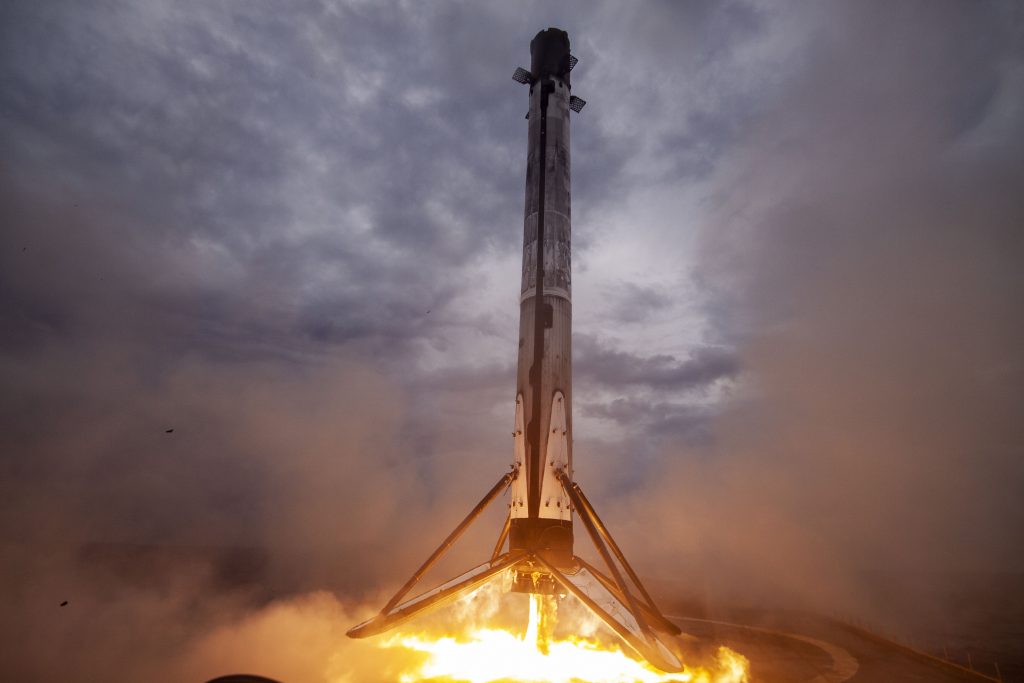
Falcon 9 Fairings
The Falcon 9’s fairing consists of two dissimilar reusable halves. The first half (the half that faces away from the transport erector) is called the active half, and houses the pneumatics for the separation system. The other fairing half is called the passive half. As the name implies, this half plays a purely passive role in the fairing separation process, as it relies on the pneumatics from the active half.
Both fairing halves are equipped with cold gas thrusters and a parafoil which are used to softly touch down the fairing half in the ocean. SpaceX used to attempt to catch the fairing halves, however, at the end of 2020 this program was canceled due to safety risks and a low success rate. On DART, SpaceX attempted to recover both fairing halves from the water with their recovery vessel NRC Quest.
In 2021, SpaceX started flying a new version of the Falcon 9 fairing. The new “upgraded” version has vents only at the top of each fairing half, by the gap between the halves, whereas the old version had vents placed spread equidistantly around the base of the fairing. Moving the vents decreases the chance of water getting into the fairing, making the chance of a successful scoop significantly higher.
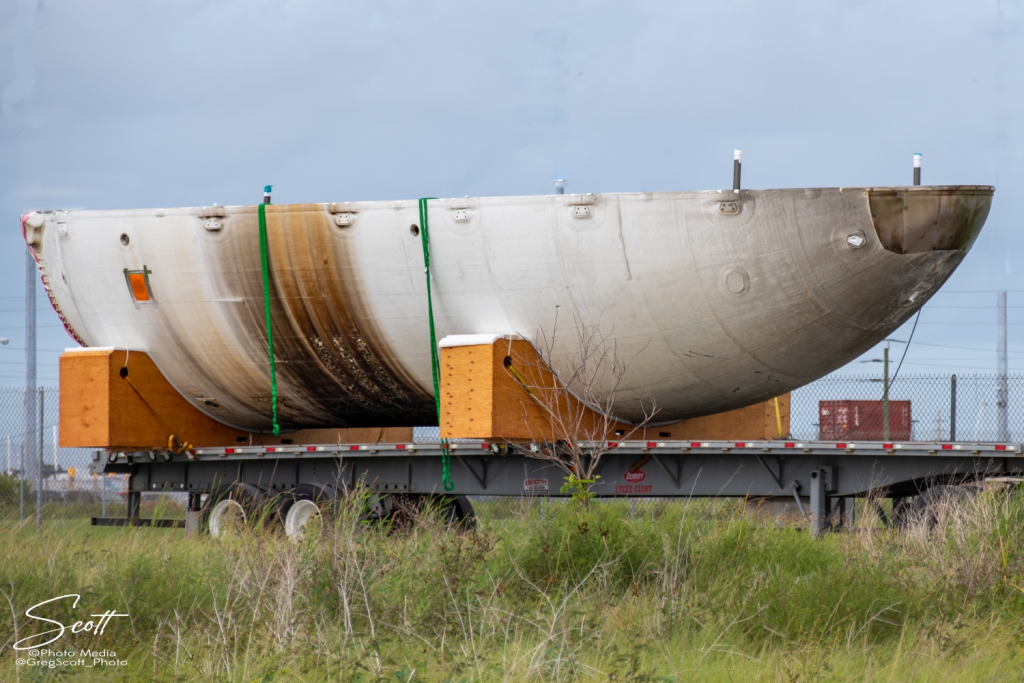
An active Falcon 9 fairing half (Credit: Greg Scott) 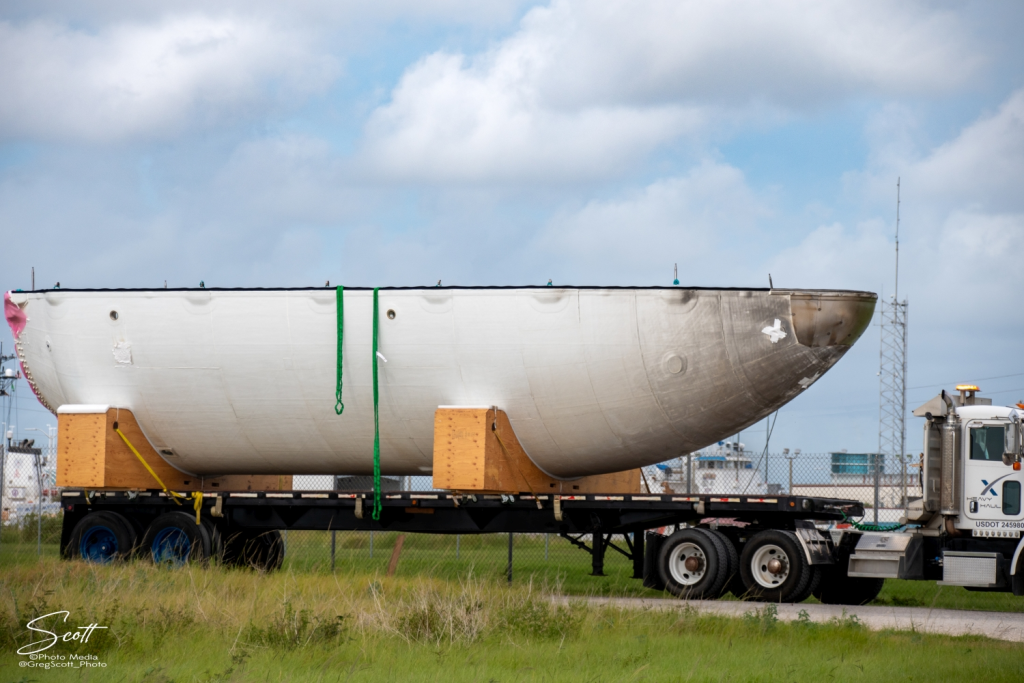
Falcon 9 passive fairing half (Credit: Greg Scott) 
Half of the fairing being taken off Go. Navigator. (Credit: Lupi) 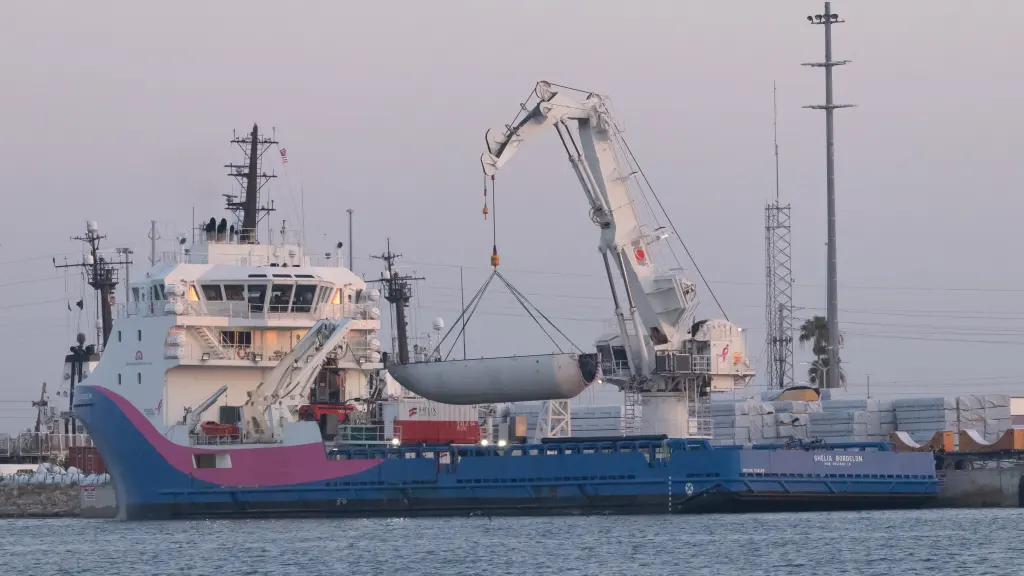
A passive fairing half being unloaded from Shelia Bordelon after the Starlink V1.0 L22 mission (Credit: Kyle M)
DART COUNTDOWN
All times are approximate
| HR/MIN/SEC | EVENT |
|---|---|
| 00:38:00 | SpaceX Launch Director verifies go for propellant load |
| 00:35:00 | RP-1 (rocket grade kerosene) loading underway |
| 00:35:00 | 1st stage LOX (liquid oxygen) loading underway |
| 00:16:00 | 2nd stage LOX loading underway |
| 00:07:00 | Falcon 9 begins engine chill prior to launch |
| 00:01:00 | Command flight computer to begin final prelaunch checks |
| 00:01:00 | Propellant tank pressurization to flight pressure begins |
| 00:00:45 | SpaceX Launch Director verifies go for launch |
| 00:00:03 | Engine controller commands engine ignition sequence to start |
| 00:00:00 | Falcon 9 liftoff |
DART LAUNCH, LANDING, AND DEPLOYMENT
All times are approximate
| HR/MIN/SEC | EVENT |
|---|---|
| 00:01:12 | Max Q (moment of peak mechanical stress on the rocket) |
| 00:02:33 | 1st stage main engine cutoff (MECO) |
| 00:02:36 | Stage separation |
| 00:02:44 | 1st stage engine starts |
| 00:03:11 | Fairing deployment |
| 00:06:40 | 1st stage entry burn start |
| 00:07:10 | 1st stage entry burn complete |
| 00:08:06 | 2nd stage engine cutoff (SECO-1) |
| 00:08:26 | 1st stage landing burn start |
| 00:08:52 | 1st stage landing burn complete |
| 00:28:37 | 2nd stage engine starts |
| 00:29:30 | 2nd stage engine cutoff (SECO-2) |
| 00:55:40 | DART deploys |


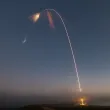
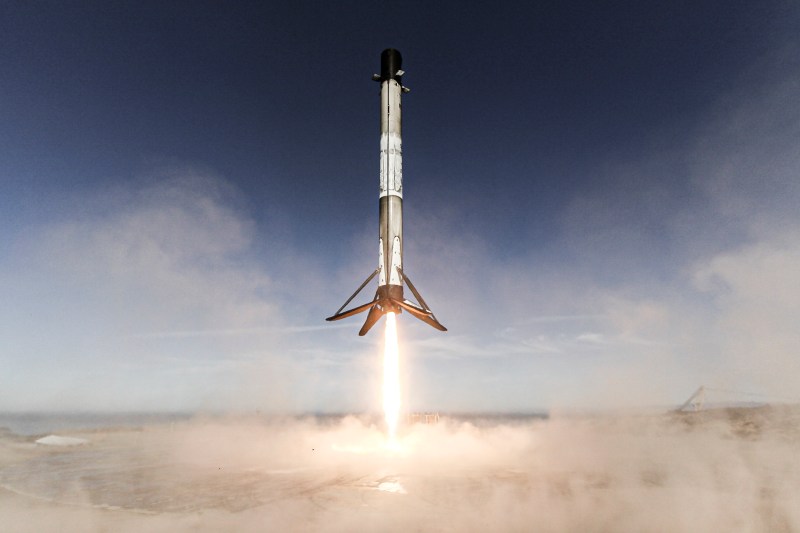
What happens to Stage 2 in this mission, does it just stay in orbit forever?
Yes. It’ll remain in the heliocentric orbit for a long, long time.